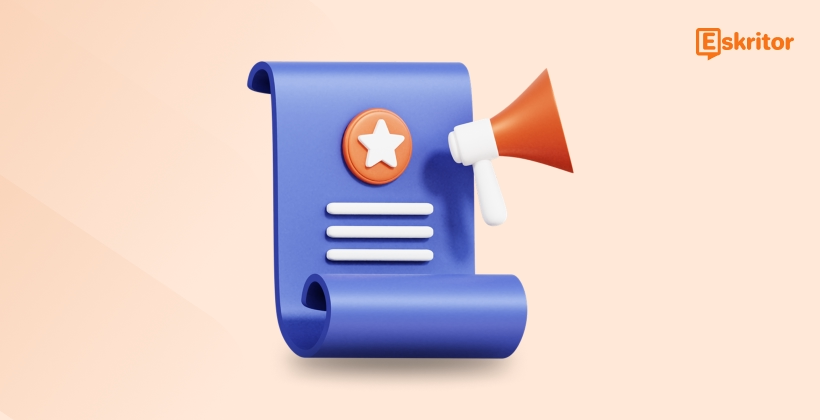The Future of Content Creation: AI Writers Explained
The Future of Content Creation: AI Writers Explained
Blog Article
AI Writers vs. Human Writers: A Comprehensive Comparison
The development of artificial intelligence (AI) has taken significant improvements across different areas, and the publishing industry is not any exception. From content creation to modifying, AI-driven publishing resources are making waves by transforming how individuals and firms method written communication. With enhanced rate, cost-efficiency, and precision, AI Writer (นักเขียน AI) are placing new standards for productivity and redefining conventional writing processes.

Increased Effectiveness and Production
One of the most significant benefits of AI writers to the industry is the level of performance they provide. These instruments can make supreme quality content in a portion of the time it would have a individual writer. Like, Jasper AI, an industry-leading AI instrument, can produce articles, blogs, and advertising components within minutes. That expedited method enables companies to range their material production and match small deadlines without reducing on quality.
Information also shows that trend. Based on a 2023 review by MarketsandMarkets, companies using AI-powered content formation methods described a 70% decrease in time spent on writing tasks. By automating repetitive publishing responsibilities such as for example drafting emails, reports, and solution explanations, AI frees up important time for writers to target on more strategic, creative work.
Increased Precision with Sophisticated Language Versions
AI writing resources are powered by normal language control (NLP) designs, such as GPT (Generative Pre-trained Transformer), that continue to evolve with each iteration. These sophisticated models allow AI writers to produce grammatically accurate, contextually applicable, and well-structured content. Mistakes that have been after individual mistakes, like typos and grammar inconsistencies, are actually reduced significantly with AI.
Grammarly, like, noted a 76% increase in person precision on average, featuring how AI enhances the detail of published communication. Also, methods such as for instance Copy.ai and Writesonic provide functions like phrase restructuring and tone adjustments, which ensure the ultimate output aligns with the supposed function and audience.
Price Savings for Corporations
The integration of AI authors into the business ecosystem is proving to be cost-effective. While choosing qualified individual writers may be expensive and time-intensive, AI offers an inexpensive alternative. AI tools usually come with subscription-based pricing, which can be frequently a portion of what a organization could spend on staffing writers or outsourcing content creation.
For instance, small-to-midsize companies observe on average 45% savings in content development costs when adopting AI publishing software. This charge performance afford them the ability for startups and SMEs to contend with larger corporations in terms of content size and quality.
Democratizing Material Creation
AI writers also level the playing area by creating professional-grade resources available to persons and organizations of all sizes. Freelancers, non-native British speakers, and little organizations are in possession of access to resources that help them build refined, qualified content. That democratization fosters inclusivity within the industry and empowers a broader range of voices.

Shaping the Potential of Publishing
The continuous improvements in AI publishing signify a paradigm shift in the industry. With abilities like predictive text, tone personalization, and contextual knowledge, AI writers are not just aiding human writers but additionally augmenting their imagination and effectiveness. While issues about reliability and originality remain valid, the integration of AI into publishing operations is without question a game-changer.
Report this page